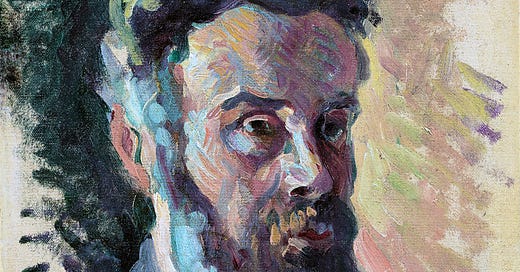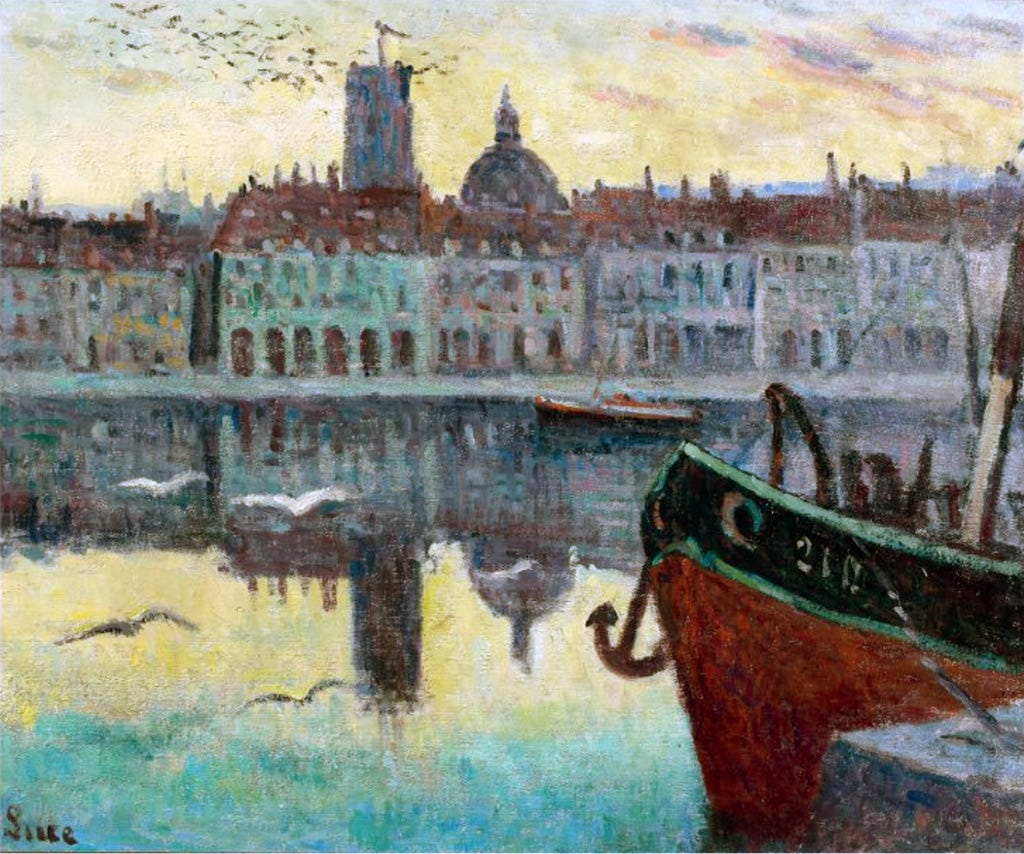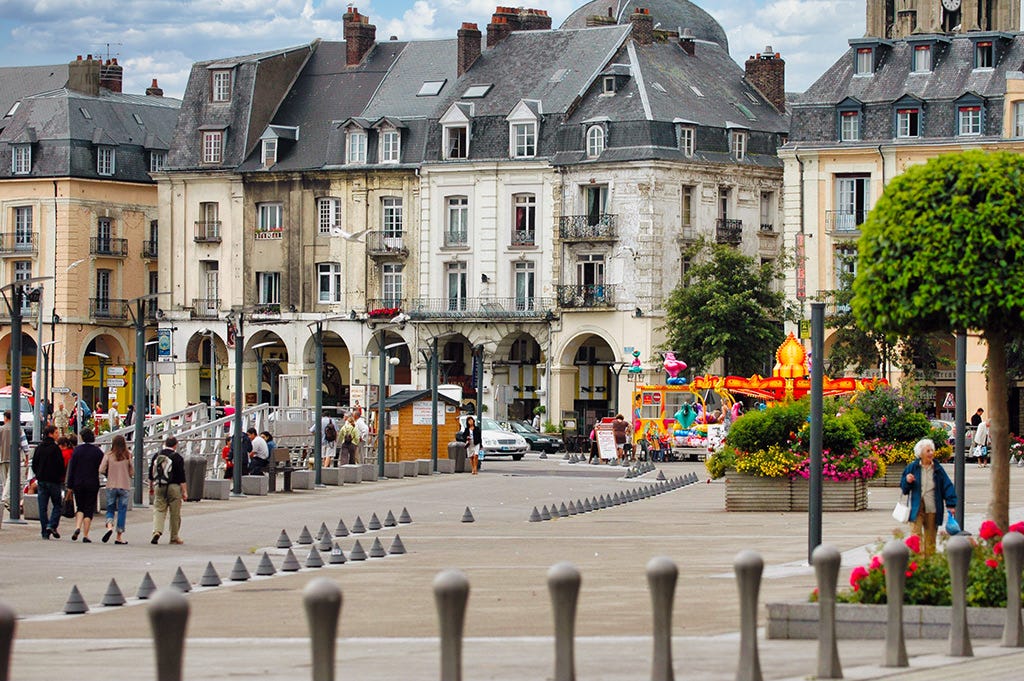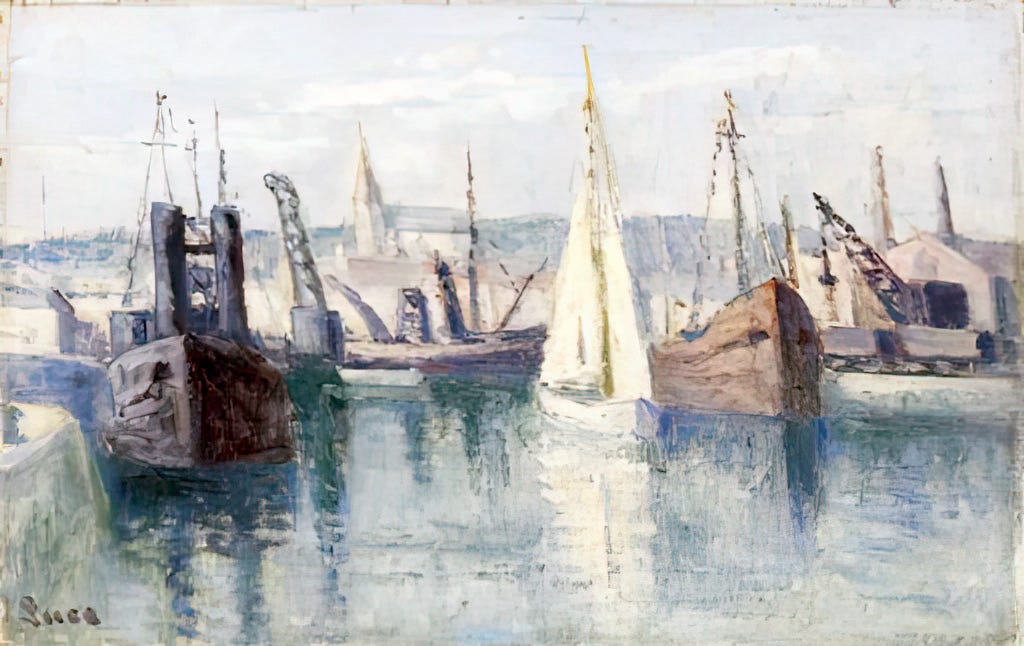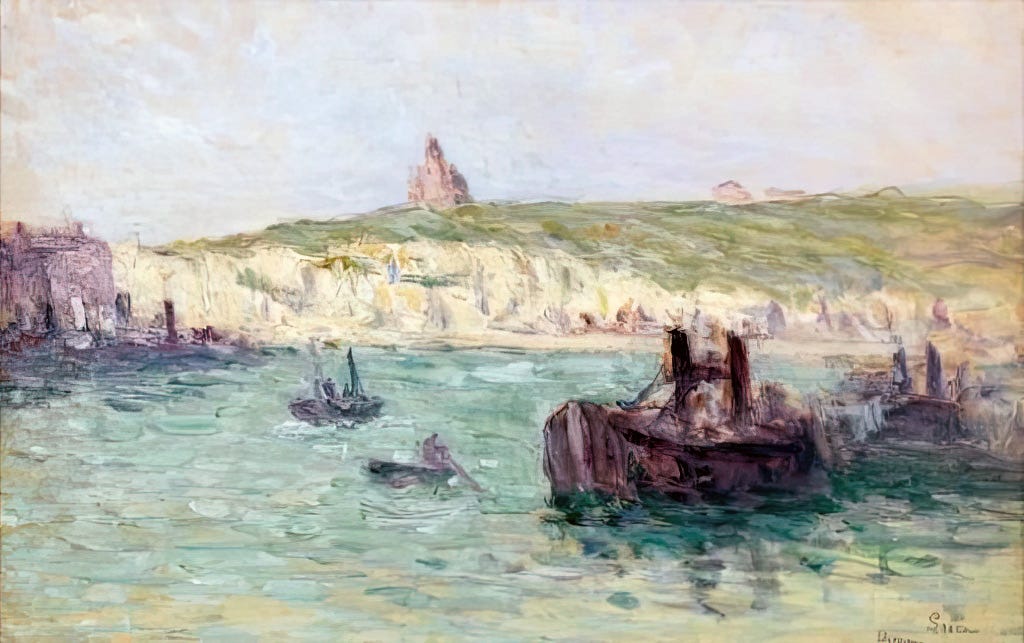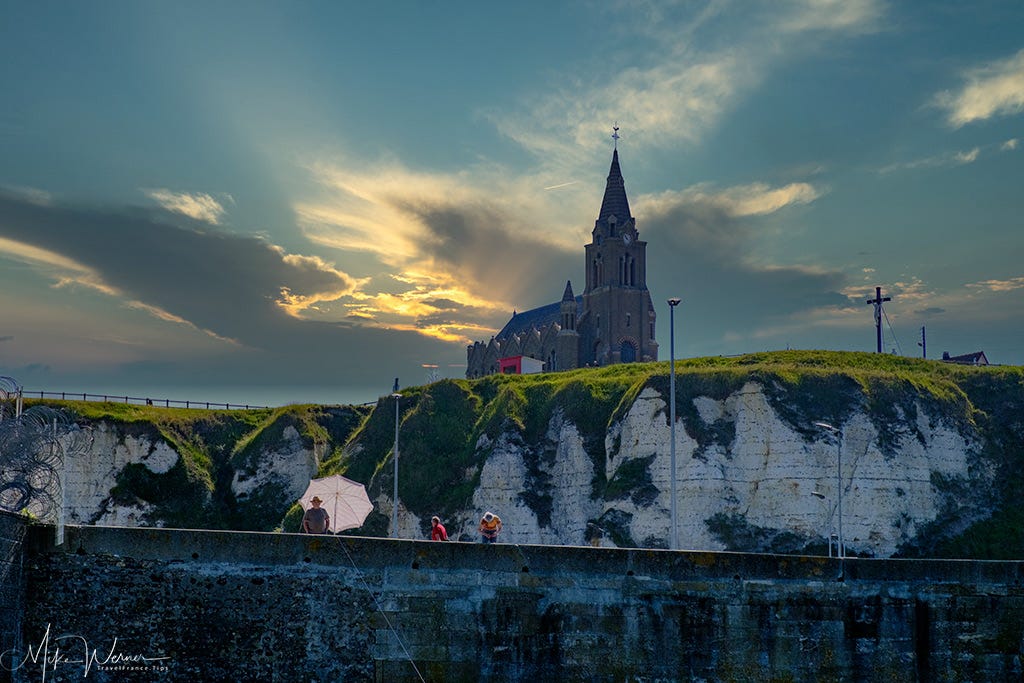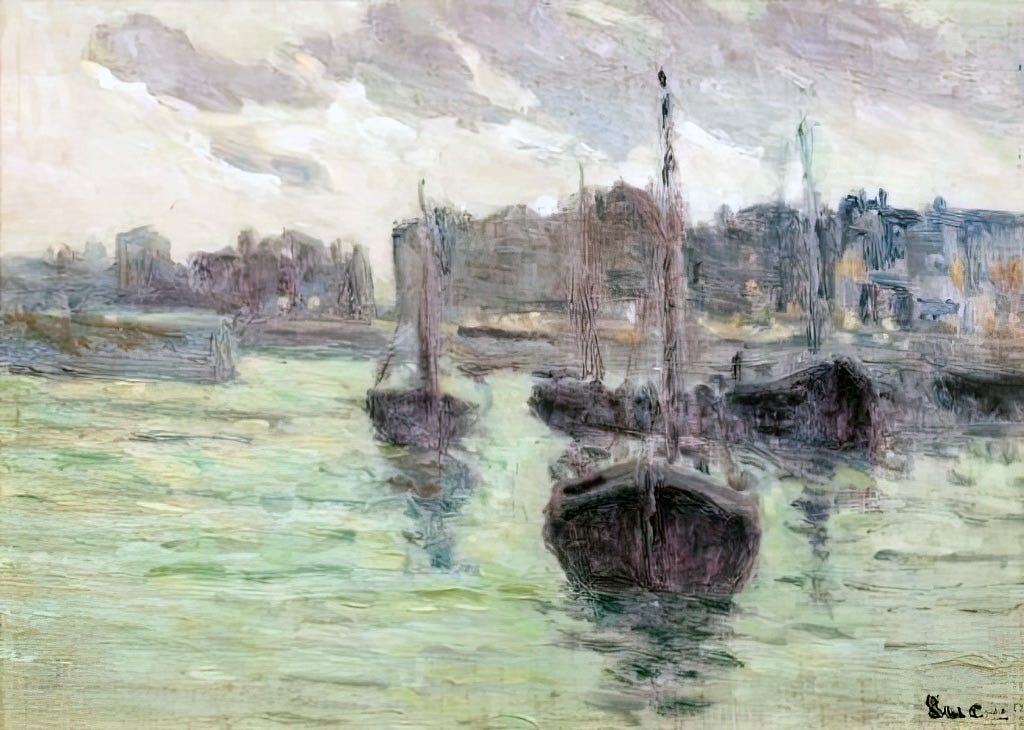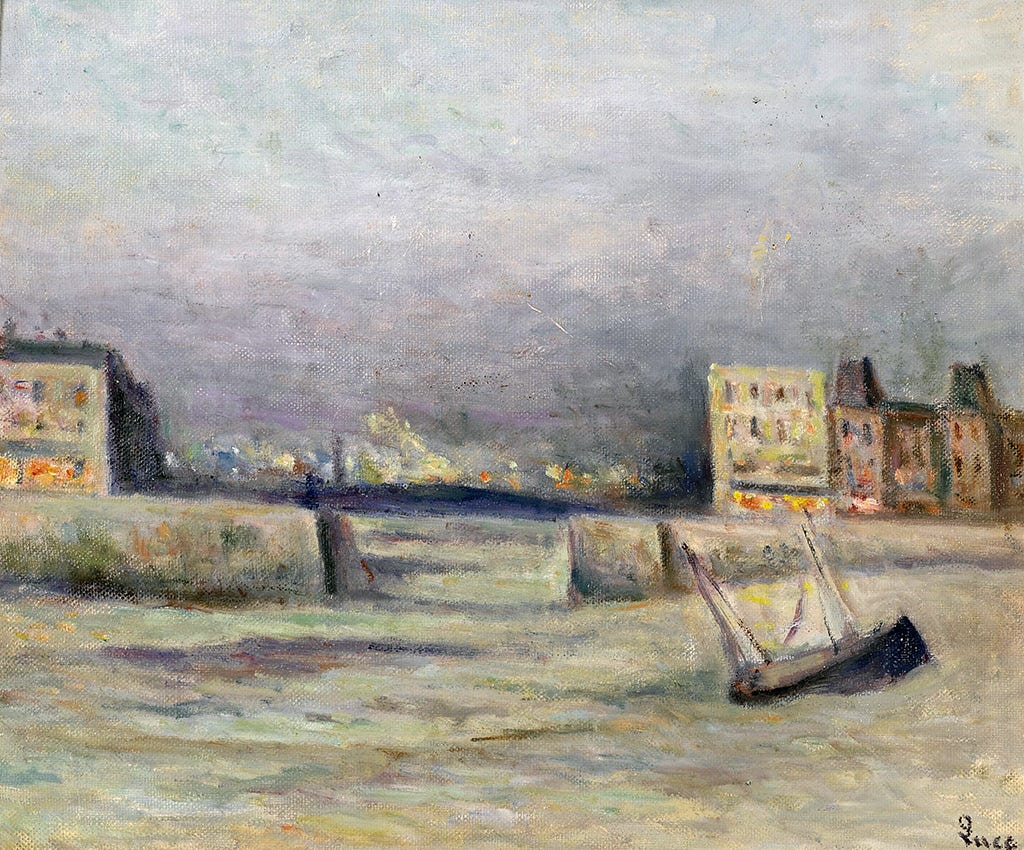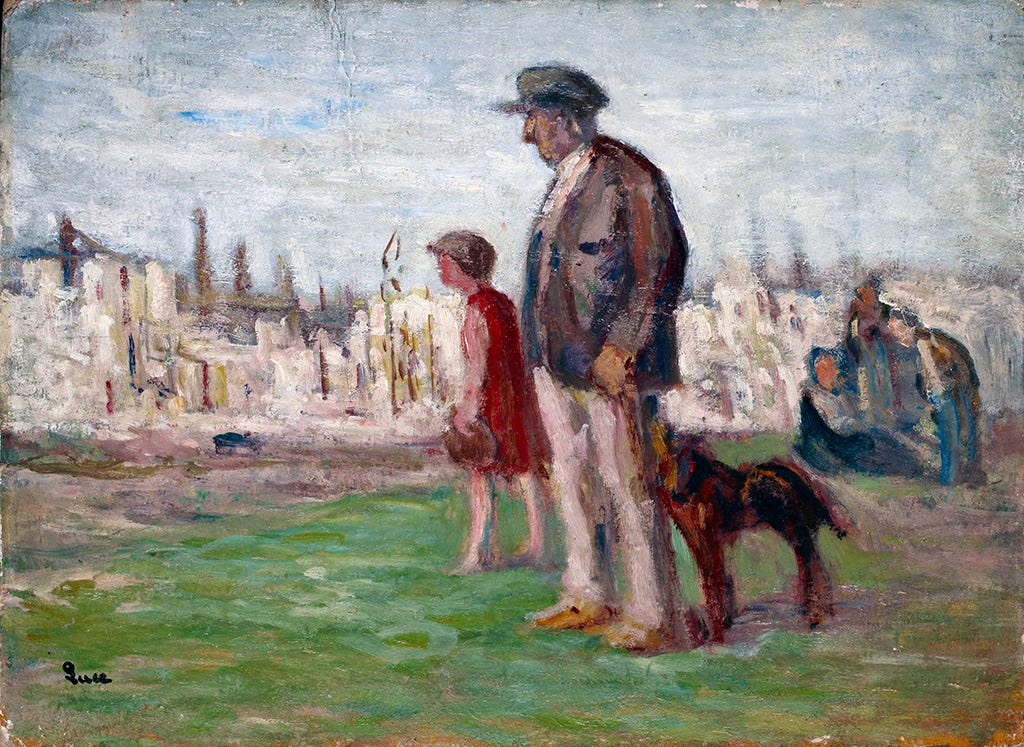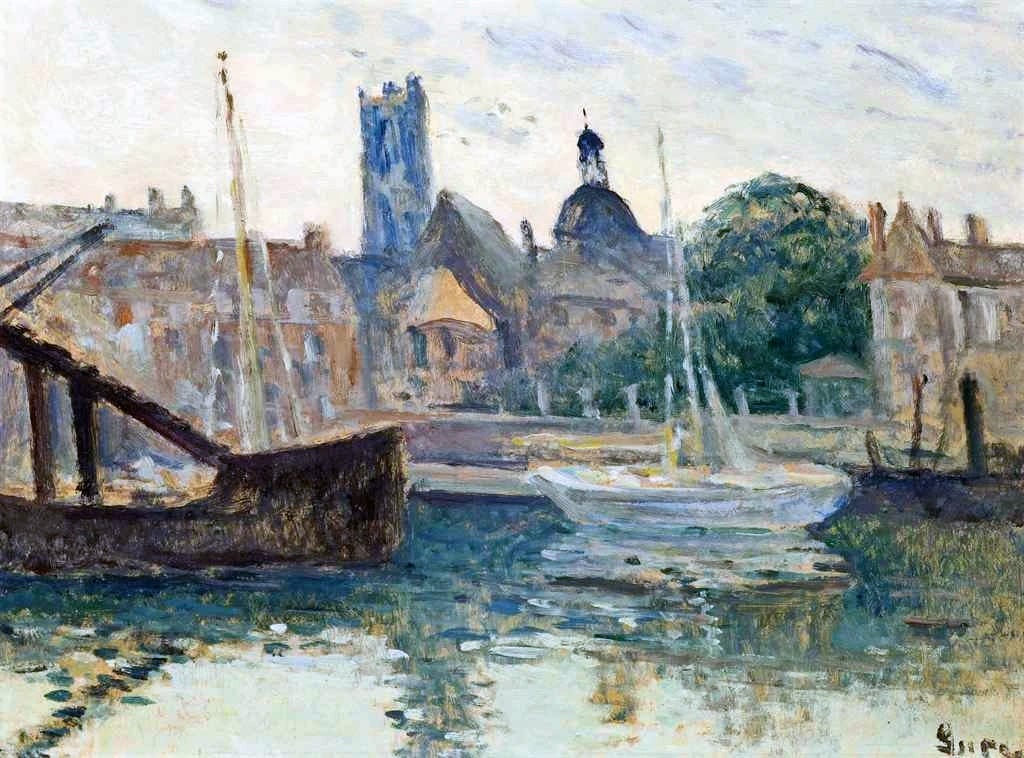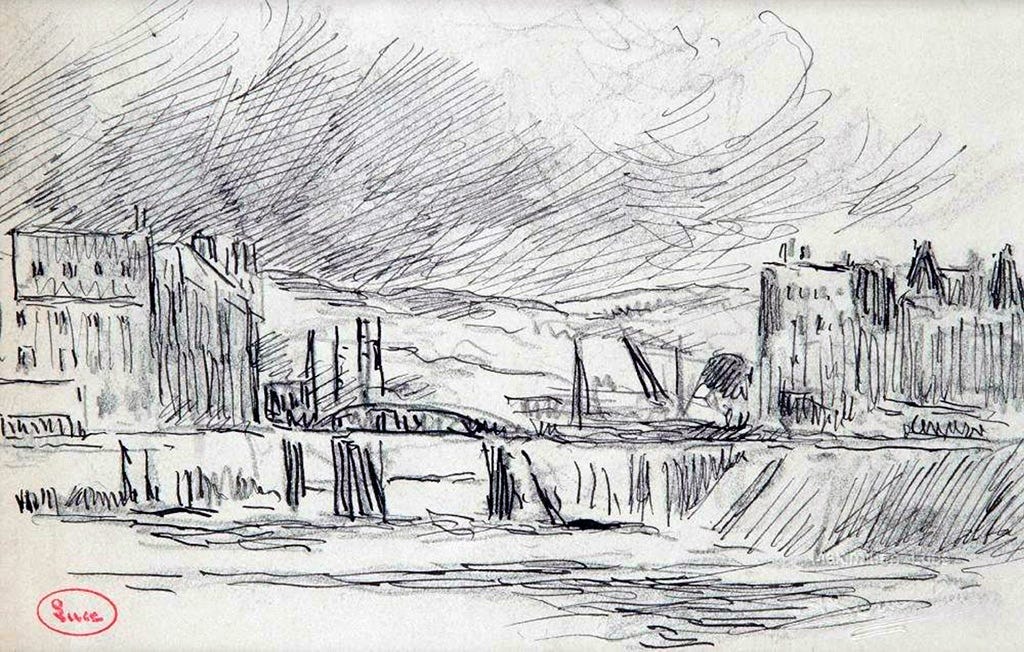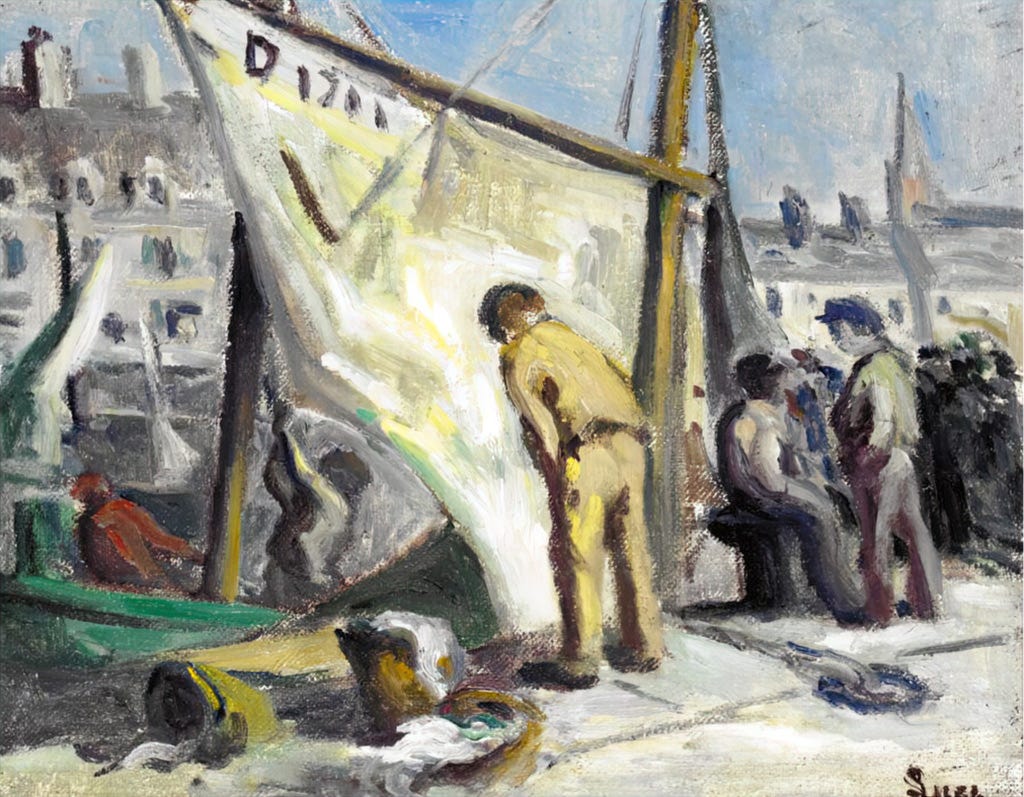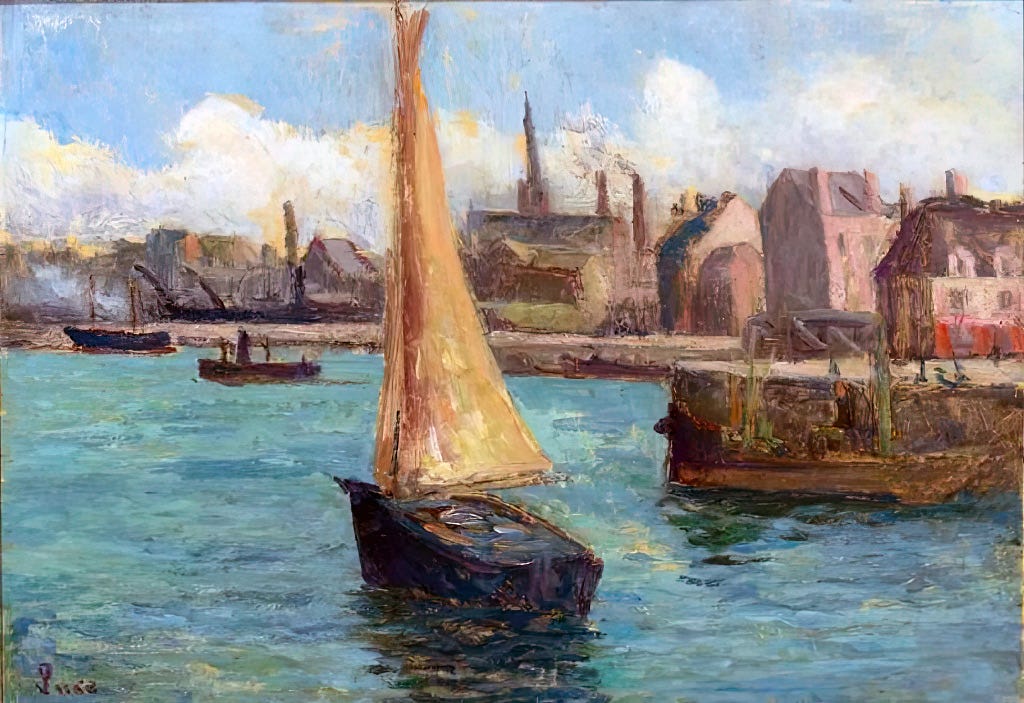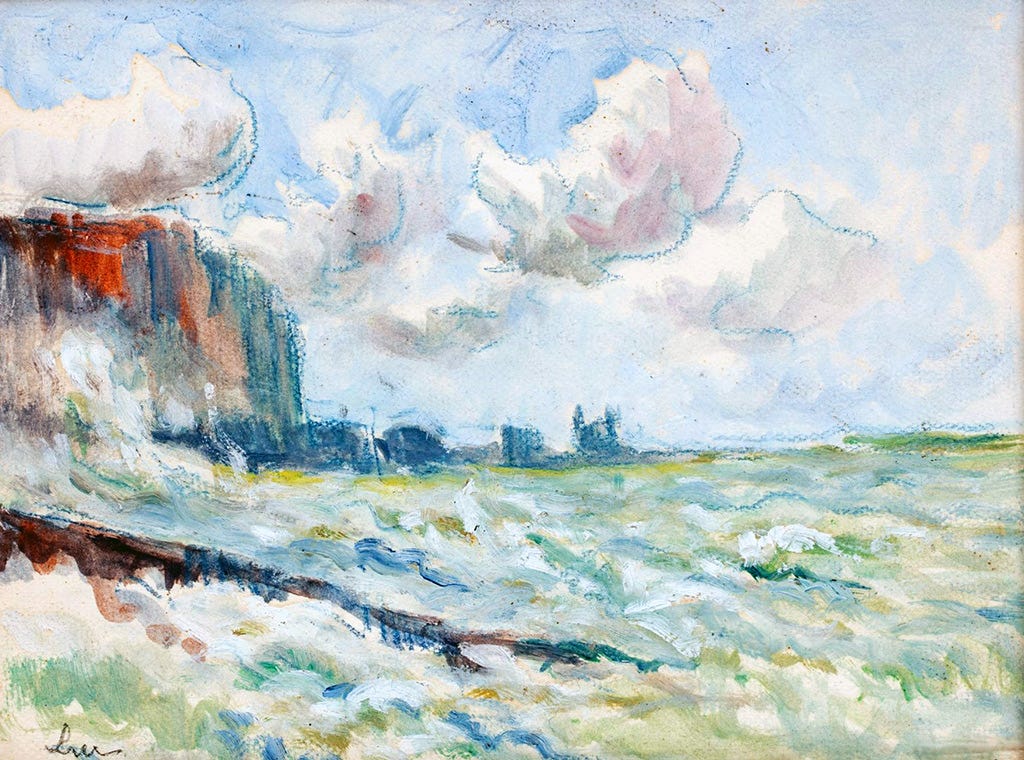Maximilien Luce was a notable French artist, primarily recognized for his contributions to the Neo-Impressionist movement. Born on March 13, 1858, in Paris, he grew up in a modest environment, which profoundly influenced his later works and themes.
Luce started his career as an engraver, but his artistic journey took a significant turn when he began painting. His early works were influenced by the Impressionist movement, but he soon became a pivotal figure in the development of Neo-Impressionism, a style that expanded upon Impressionism with a scientific approach to color and light.
A defining feature of Luce's work was his use of pointillism, a technique he adopted from Georges Seurat, one of the founders of Neo-Impressionism. Pointillism involves applying small, distinct dots of color in patterns to form an image. This technique was groundbreaking at the time and distinguished Neo-Impressionists from their Impressionist predecessors.
Luce visited Dieppe multiple times in his career, often staying there to work and find inspiration. His visits to such coastal towns were not only for leisure but also for the purpose of painting en plein air, a practice popular among Impressionists and Neo-Impressionists. Painting outdoors allowed artists to capture the natural light and its effects more accurately, a key aspect of both Impressionist and Neo-Impressionist techniques.
In Dieppe, Luce was exposed to the changing moods of the sea and sky, the bustling activity of the port, and the daily lives of the local fishermen and townspeople. These elements frequently appeared in his works, reflecting his interest in natural light and color as well as in the lives of ordinary people.
His paintings from this period likely depict scenes from around Dieppe, capturing the unique qualities of the light and atmosphere of the Normandy coast. These works would have contributed to his overall oeuvre, which was characterized by a vibrant use of color and a commitment to depicting modern life.
Luce's subject matter often reflected his political beliefs. He was a committed socialist, and this worldview permeated his art. His paintings frequently depicted the lives of workers and ordinary people, showcasing their daily struggles and the harsh realities of industrial life. This focus marked a departure from the more leisurely scenes often portrayed by other Impressionists.
During his career, Luce collaborated with other notable artists, such as Camille Pissarro and Paul Signac. These interactions were not only pivotal in the development of his style but also helped to spread the influence of Neo-Impressionism.
Luce's work received varying degrees of recognition throughout his life. While he was celebrated in some circles, his political views and the radical nature of his art sometimes led to criticism and marginalization. However, his dedication to portraying the human condition and his innovative use of color and light left a lasting impact on the art world.
After a prolific career, Maximilien Luce passed away on February 6, 1941, in Paris. Today, his work is celebrated for its technical innovation and its empathetic, poignant portrayal of 19th and early 20th-century life. His paintings can be found in major museums around the world, serving as enduring testaments to his artistic legacy and the Neo-Impressionist movement.
TODAY: You can clearly see the arches which all older buildings on the port front still have.
TODAY: You can clearly see the church on top of the hill. This is the “Eglise Notre-Dame de Bonsecours de Dieppe” that still exists today and can be visited.
TODAY: Dieppe still has an important fishing fleet.
Pourville-sur-Mer
Pourville (now called Hautot-sur-Mer as part of a merger of several small villages - Pourville-sur-Mer, Le Petit-Appeville, Bernouville, Le Plessis, Bas d'Hautot - has a total population of some 2,000) is a neighbouring town which lies immediately to the South-West of Dieppe at the sea.
These were the paintings Luce made in Dieppe and nearby Pourville.

